Creating a Beginner-Friendly Garden Layout feels like starting a new chapter in outdoor creativity. I always enjoy how planning a garden can turn an empty patch of land into a vibrant extension of your home. In this article, I share practical advice for beginners to plan a garden layout that is both easy and enjoyable.
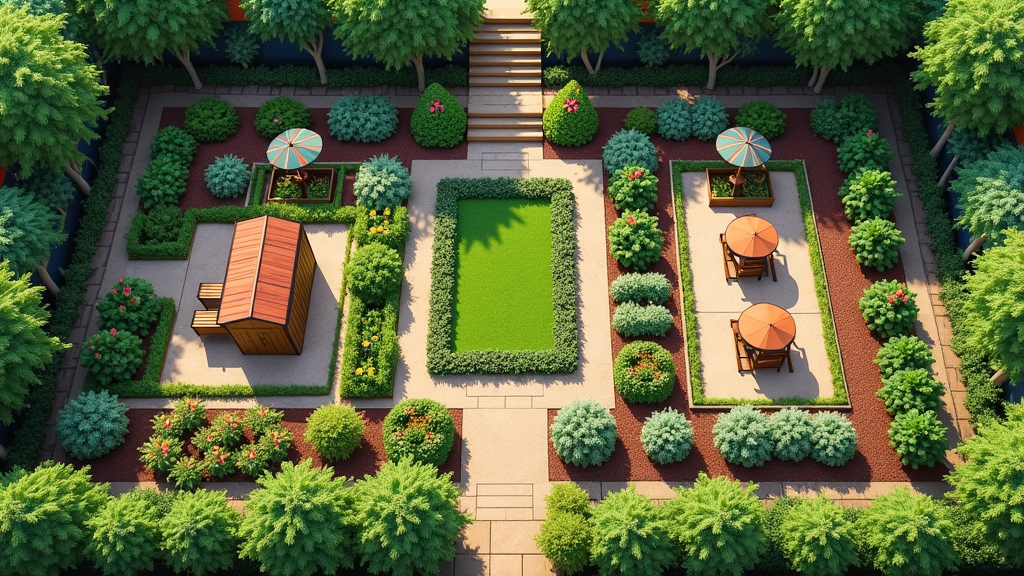
Understanding the Basics of a Beginner Garden Layout
Before getting into the garden planning for novices, it’s important to understand what makes a garden layout simple and user-friendly. A well-designed garden layout for beginners focuses on clear organization, defined spaces for different plants, and a manageable size to help you learn the ropes. I recommend starting with a straightforward garden design that doesn’t overwhelm you while still offering interesting features to nurture your creativity.
This planning stage includes deciding what kind of plants you want, evaluating sun exposure, and considering the water needs in different parts of your yard. Remember, a beginner-friendly gardening project doesn’t have to mean a complicated setup. It’s all about creating zones in your garden based on practical usage and plant variety. Taking the time to map out these zones can set you up for a rewarding gardening experience.
Essential Concepts for Creating a Beginner-Friendly Garden Layout
When starting a garden layout, it helps to focus on a few essential ideas that will guide your planning. One key principle I follow is to keep the design simple. A simple garden layout benefits you by minimizing maintenance and making it easier to track how each plant is doing. This user-friendly garden design is especially valuable if you’re new to gardening.
Another idea is to break your garden into sections. This method gives you clearly defined areas where you can experiment with different garden layout ideas. These sections may include a small vegetable plot, a flower bed, or even a quiet seating area. Keeping things separate helps you observe what works best in each part of your layout and adjust as needed.
Garden planning for beginners also involves budgeting your time and resources. It might be tempting to fill the entire space with plants, but a measured approach means you’ll enjoy each section and gradually learn about various plant needs without feeling swamped by too many tasks at once.
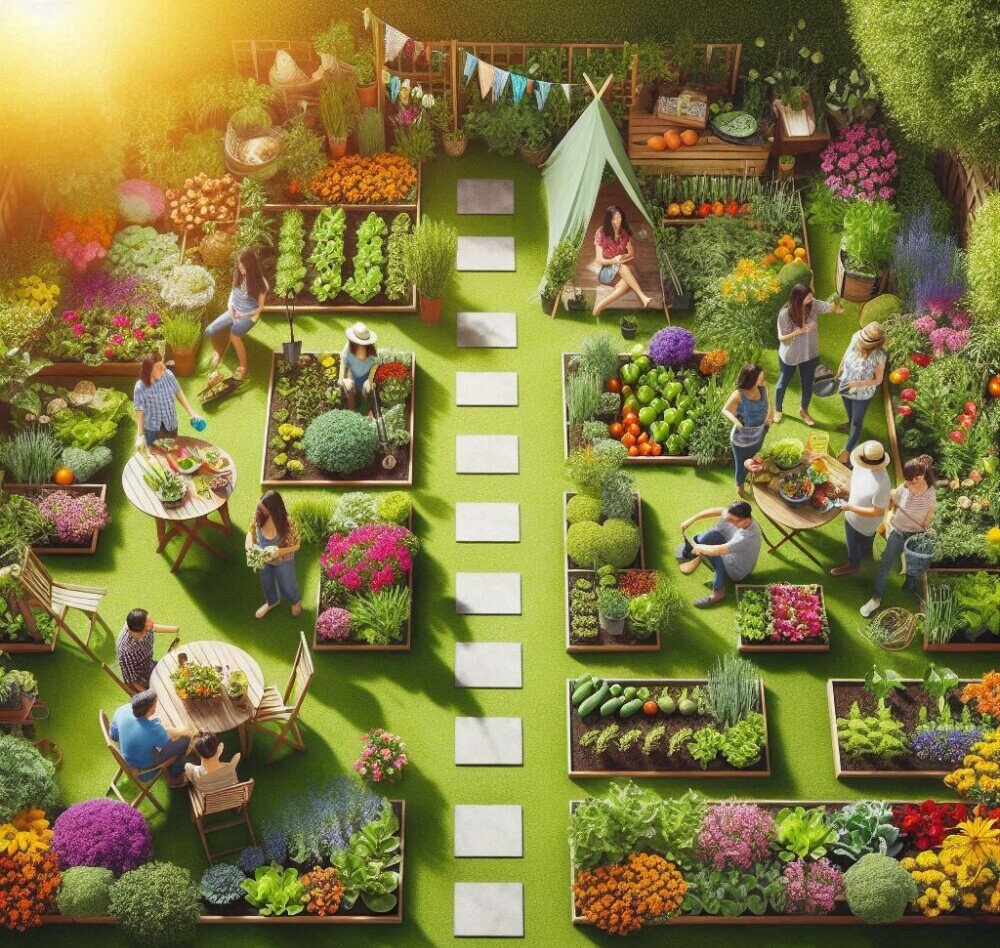
Step by Step: How to Make a Garden
For anyone asking how to make a garden step by step, here’s a straightforward guide that I’ve found really helpful. This process covers everything from planning to planting, ensuring that even a beginner can follow along.
- Planning and Research: Begin by evaluating your available space. Draw a rough sketch of your garden area and note the sun and shade zones. Research plants that thrive in your climate, and think about seasonal changes. Creating a Beginner-Friendly Garden Layout isn’t only about looks—it’s also about choosing plants that will grow well in your conditions.
- Define Zones: Divide your garden into sections. I recommend starting with specific zones such as a small vegetable patch, a flower border, and possibly a quiet corner for relaxation. Some beginner gardening tips include keeping these zones manageable and leaving room for growth.
- Choose and Prepare the Soil: Good soil is the foundation of any garden. Test your soil’s pH and nutrient levels and add necessary amendments like compost. Preparation may involve tilling the soil and removing weeds, which helps to create the best environment for your plants.
- Select Your Plants: Now’s the time to pick plants suited to your garden layout. Choose a mix of hardy, low-maintenance plants along with a few extras for color and variety. Consider aspects such as color, height, and water requirements when making your selections.
- Planting: Follow the instructions on plant labels regarding spacing and depth. Plant taller species towards the back and shorter ones in front. This arrangement not only makes your garden look neat but also ensures that every plant gets enough light.
- Maintenance and Adjustments: Once your garden layout is established, maintain it by watering regularly, applying mulch, and weeding frequently. Regular observation will help you spot issues early and adjust your choices if needed.
- Enjoy the Process: Gardening is a learning experience. Celebrate small victories and understand that mistakes are simply part of the growth process. Over time, this garden layout for beginners will evolve as you gain more confidence and experience.
This easy-to-follow process has helped me personally grow a garden that feels both inviting and practical. It also makes the often overwhelming task of garden planning more accessible for anyone new to the hobby.
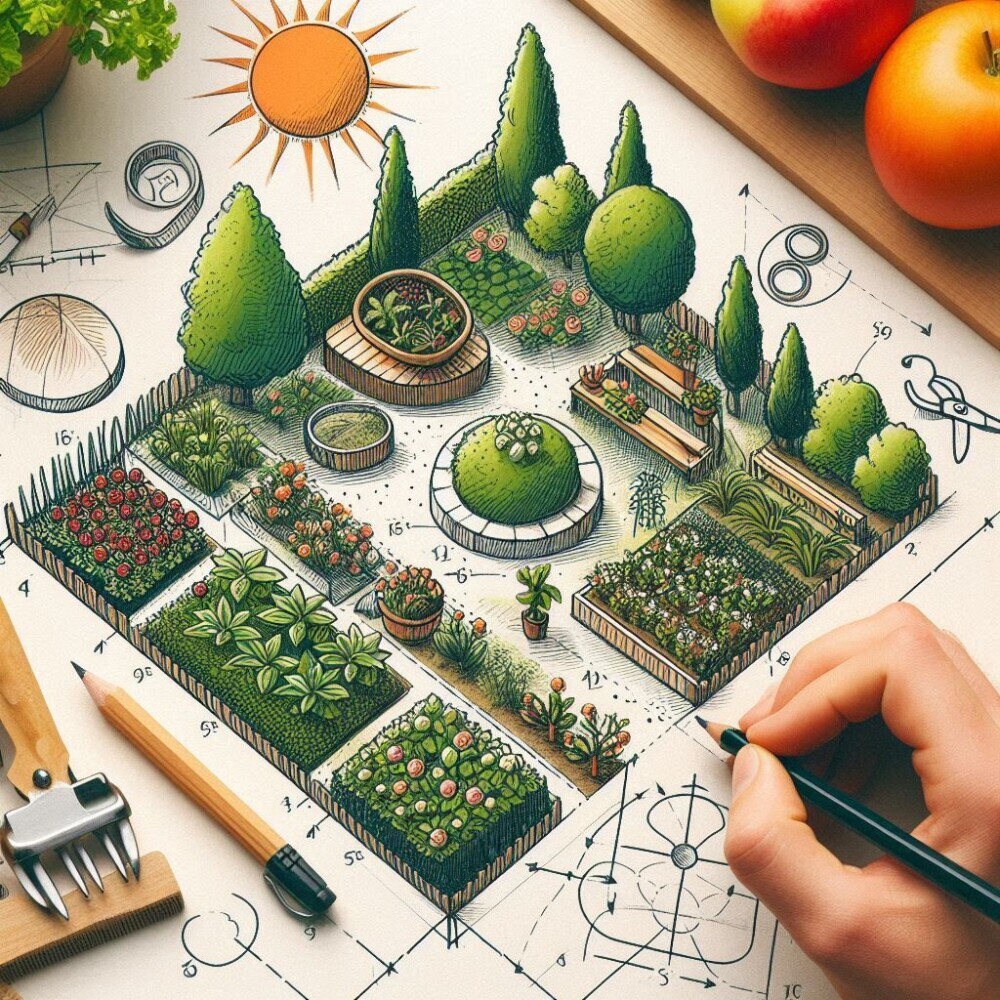
Determining the Best Garden Size for Beginners
Many new gardeners wonder, ‘What is the best size garden for a beginner?’ In my experience, starting with a small to medium-sized garden (around 100-200 square feet) is a very important choice. This size is large enough to allow for a variety of plants and layout ideas while still being manageable in terms of maintenance. A smaller space lets you learn efficiently without facing too many challenges at once.
This size not only keeps the workload light but also helps you monitor the growth and health of your plants more closely. As you become more comfortable with your beginner garden layout, you can gradually expand your gardening efforts and experiment with new techniques.
Garden Layout Ideas and Simple Design Tips
There are plenty of garden layout ideas out there, but for a beginner, simplicity and clarity are key. When sketching out your garden, consider elements such as winding paths, raised beds, and focal points like a water feature or decorative stones. I like to picture a layout with clearly marked zones, each dedicated to vegetables, herbs, or flowering plants.
A user-friendly garden design means blending practicality with beauty. For instance, you might add a small pathway between garden sections for easy access, or install a raised bed that is easier on your back when tending to the plants. Even something as simple as a low fence can effectively define spaces without stealing attention from your greenery.
Another tip for an effective garden layout is layering. Start with larger plants at the back of your bed, then work forward with medium and shorter plants. This method not only maximizes space but also creates a visually balanced scene. In addition, incorporating organic mulches like straw or bark can help with water retention and reduce weed growth, making your garden more sustainable.
Addressing Common Hurdles in Beginner-Friendly Gardening
Every new gardener encounters challenges, and tackling these early on helps pave the way for long-term success. Here are a few common hurdles along with my recommendations for overcoming them:
- Time Management: A compact garden still requires regular attention. I suggest setting aside a few hours each week for watering, weeding, and checking for pests. Even a short, routine session can make a big difference in the health of your garden.
- Plant Selection: It’s easy to feel overwhelmed by the variety of plant options. Stick to a few types that are proven to be hardy in your local climate. As you learn more about your garden’s rhythm, you can always introduce additional varieties gradually.
- Designing the Layout: Balancing aesthetics with functionality can be tricky. Keeping your overall design neat and straightforward often works best for beginners. Sometimes, less really is more when it comes to creating a garden that is both beautiful and practical.
- Soil and Water Control: Many novices underestimate the impact of quality soil and drainage. Regular testing and improvements to your soil can make a noticeable difference in plant growth and overall garden health.
Facing these challenges head-on with practical strategies can transform obstacles into valuable learning opportunities. Over time, you’ll find that what once seemed like a hurdle becomes a stepping stone toward more advanced gardening techniques.
Advanced Tips for Giving a Boost to an Easy Garden Design
Once you’re comfortable with your basic garden layout, there are advanced tips that can give your garden that extra edge without complicating things too much. For example, incorporating vertical gardening can make excellent use of limited space. Adding trellises or fences for climbing plants not only maximizes space but also creates an eye-catching focal point.
Seasonal planting is another great strategy to keep your garden lively all year long. Rotating plants by season keeps your space vibrant and adapts well to changing weather conditions. Planning for seasonal bulbs in spring, annuals in summer, perennials in autumn, and evergreens in winter can also help maintain healthy soil.
Simple DIY garden features, such as homemade planters or handcrafted stepping stones, can add a personal touch to your outdoor space. These projects are fun to create and often become conversation starters when friends and family visit. They also enable you to adjust your garden’s layout over time with creativity and personal flair.
Incorporating eco-friendly practices like using organic fertilizers and natural pest control methods is a sustainable way to care for your garden. Such practices help build a robust soil ecosystem, ensuring that your garden stays healthy and resilient over time. These enhancements demonstrate that even a basic garden layout can evolve into something truly inspiring as your skills and confidence grow.
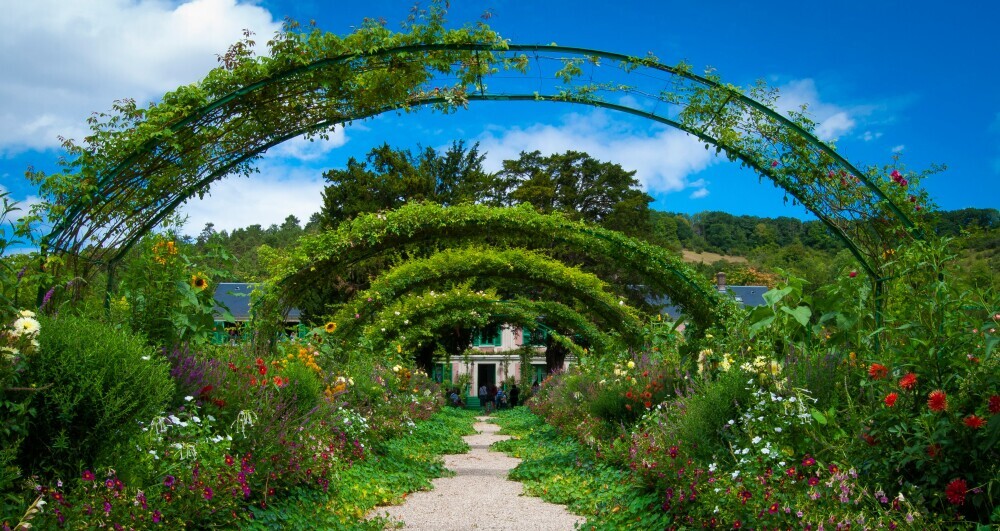
Frequently Asked Questions
Question: What is the best size garden for a beginner?
Answer: Many beginners find that a garden of about 100-200 square feet offers a manageable space that’s large enough for varied plantings yet easy to maintain. This size helps you focus on learning the basics before expanding your garden later.
Question: How do I make a garden step by step?
Answer: Start with planning your space and researching plants suited to your local climate. Divide your garden into manageable zones, prepare the soil, and select plants based on their individual care needs. Follow up with proper planting techniques and maintain a regular watering and weeding schedule. This simple process sets you up for long-term gardening success.
Question: What are some beginner gardening tips for an easy garden design?
Answer: Focus on creating a manageable space with clearly defined zones, choose hardy plants, and integrate simple DIY elements like raised beds or vertical planters. Regular care and small, thoughtful adjustments over time are key to achieving a garden layout that feels welcoming and personal.
Wrapping Up Your Garden Design Journey
Creating a Beginner-Friendly Garden Layout is all about taking small, well-planned steps toward building an outdoor space that you can enjoy and learn from. I believe that every gardener begins somewhere, and starting with a simple garden layout gives you a chance to experiment with different elements without feeling overwhelmed.
This process is not just about planting; it’s a gradual learning journey. Whether you are deciding which plant goes where, managing soil quality, or simply testing out different layout ideas, every step teaches you something valuable. As you build your garden, you might find that switching up elements, introducing new plant varieties, or even rearranging sections can enrich your gardening experience.
Feel free to refer back to these step-by-step guidelines when you need a reminder of your next move. Your garden is a living project that grows with your experience, and each season brings new opportunities for creativity and refinement. Enjoy the beauty of nature in a way that suits your lifestyle. At its heart, a garden is more than just a patch of earth—it’s a canvas for your creativity, a peaceful retreat, and a space where the simplicity of nature meets your personal touch.
Further Steps for a Lively Garden Experience
As you continue to explore the world of gardening, it’s important to dive a bit deeper into some additional tips that can really expand your skills and enjoyment. One way to do this is by planning your garden in phases. Start with the basic layout and gradually add new elements as you gain experience. Over time, you might want to experiment with interplanting varieties that require different amounts of sunlight or water. This approach not only allows you to learn what works best, it also gives you the flexibility to adjust your design as your garden grows.
Another area to consider is enhancing your garden’s overall health through regular maintenance practices. This involves checking soil conditions periodically, adding compost when necessary, and monitoring plant health closely. Paying attention to these details can help you avoid common issues such as overwatering or nutrient deficiency. It also turns routine garden care into a rewarding ritual that deepens your connection with nature.
Exploring sustainable gardening methods is also very important. Look into using rainwater harvesting techniques or setting up a simple drip irrigation system to conserve water. Many successful gardeners find that these practices not only benefit the environment but also save time and resources in the long run. In addition, experimenting with organic pest control solutions—such as introducing beneficial insects—can provide an all-in-one approach to maintaining a balanced garden ecosystem.
Don’t hesitate to expand your knowledge through local gardening clubs, online forums, or community workshops. These resources offer fantastic opportunities to ask questions, share experiences, and learn about regional growing conditions. Over time, you might even find yourself mentoring fellow beginners, which reinforces your own skills while building a supportive gardening community.
Another tip is to keep a detailed journal of your garden’s progress. Writing down observations about plant growth, seasonal changes, and weather impacts can be incredibly insightful. This record will serve as a practical guide for future gardening endeavors, helping you to see what strategies gave a boost to your garden’s success. It’s a hands-on method to both reflect on achievements and plan for improvements.
Finally, remember that gardening is an adventure filled with learning opportunities. Every season brings its own challenges and triumphs, and each element you introduce to your garden contributes to its next stage of evolution. With patience, persistence, and a spirit of experimentation, your garden will grow into a delightful, multifaceted space that reflects your personal style and hard work.
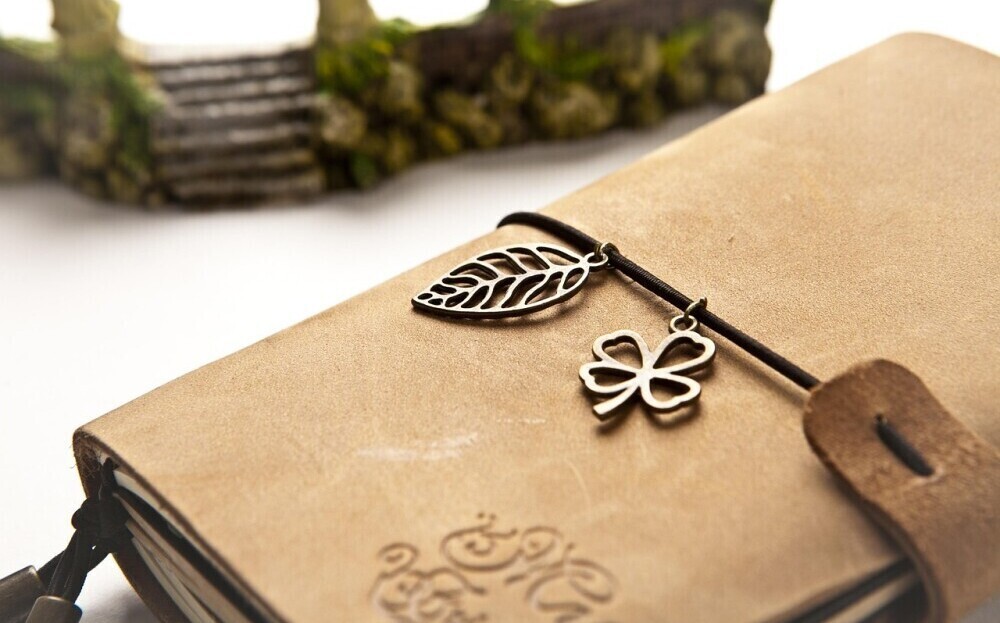
Additional Tips for Seasonal Garden Success
Seasonal changes can dramatically affect your garden’s appearance and productivity. In the spring, focus on preparing beds by clearing away winter debris and enriching your soil with compost. Summer calls for vigilant watering practices and mulching to keep the soil cool. During autumn, consider planting seasonal bulbs and preparing your garden for the cooler months by trimming back overgrown areas. Winter may be the perfect time to plan what new features you’d like to introduce the following year.
Taking time to adjust your garden’s care routine with the changing seasons can make a substantial difference in its overall health. Each season offers unique opportunities for growth and renewal. When you are proactive with seasonal maintenance, you ensure that your garden remains vibrant year-round. Experiment with different plant combinations that thrive in specific weather conditions, and don’t hesitate to make small tweaks to your layout as needed.
Seasonal adjustments also encourage you to explore new gardening techniques. For example, during cooler months, you might try indoor gardening projects or greenhouse techniques. These experiments not only add variety to your gardening practice, they also provide valuable skills that can be applied when you return to outdoor planting. Over time, such adaptability turns gardening into a dynamic, ever-changing adventure that continues to reward you with both beauty and practical benefits.
In summary, building and maintaining a thriving garden is a multifaceted process that evolves with each season and with each new skill you acquire. By integrating these additional tips into your gardening routine, you can create a space that is both resilient and full of life. Embrace seasonal changes as opportunities to learn, adjust, and ultimately enjoy a garden that reflects the rhythm of nature and your own personal growth.


Creating a beginner-friendly garden layout is such an important step for setting up long-term success and enjoyment. It’s amazing how much easier things become when the space is thoughtfully planned out from the start, like allowing enough room to move between beds or grouping plants with similar needs. I’ve found that a clear, simple layout reduces a lot of the early frustration and makes the whole process feel more manageable and rewarding. It’s not just about functionality either, a well-designed layout adds a sense of peace and order that really enhances the gardening experience.
Thank you for sharing this insight! You’ve captured it beautifully, a well-planned layout truly does set the stage for both practical success and a more enjoyable gardening experience. Thoughtful spacing, easy access between beds, and grouping plants by similar needs can save so much time and reduce frustration, especially for beginners.
I also love that you mentioned the emotional side — the sense of peace and order a good layout creates is such an important (and often overlooked) part of why we garden in the first place. It totally transforms the space into not just a productive area, but a sanctuary.
If you have any favorite tips or design ideas that have worked especially well for you, I’d love to hear them
Your Garden Guides
Dear Your Garden Guides,
What a wonderfully encouraging post for beginner gardeners! Your thoughtful advice on planning a layout with accessibility and sunlight in mind feels like a gentle nudge to dive into gardening with confidence. I really appreciate how you’ve taken the overwhelm out of starting a garden. Thank you for sharing such practical wisdom! How do you recommend adjusting a layout if you realize mid-season that some plants aren’t thriving as expected? This was such an inspiring read!
Sincerely,
Steve
Dear Steve,
Thank you so much for your kind words.
I’m thrilled to hear that the post resonated so much with you and helped make the idea of starting a garden feel more approachable!
When it comes to adjusting your garden layout mid-season, flexibility is truly your best friend. If certain plants aren’t thriving, it’s often a clue from nature that something needs a shift—be it light, soil, spacing, or airflow. The good news is, there’s almost always a way to course-correct without starting from scratch.
Here are a few gentle mid-season tweaks you can try:
Relocate container plants to sunnier (or shadier) spots as needed—this is the easiest fix if you’re using pots or raised beds.
Interplant quick growers (like lettuce or radishes) in gaps where slower crops are struggling, making use of space without leaving bare soil.
Add reflective surfaces like light-colored mulch or stones near sun-lovers in partial shade to bounce extra light their way.
Prune back over-performers if they’re shading out neighbors. Strategic trimming can help rebalance the light distribution in a tight space.
And don’t forget to observe and take notes—these in-season insights are gardening gold for planning your next layout!
Gardens are dynamic, living systems, and part of the joy is learning and adapting as you grow. You’re doing just that, and it sounds like you’re well on your way to a thriving green space.
Happy gardening,
Your Garden Guides